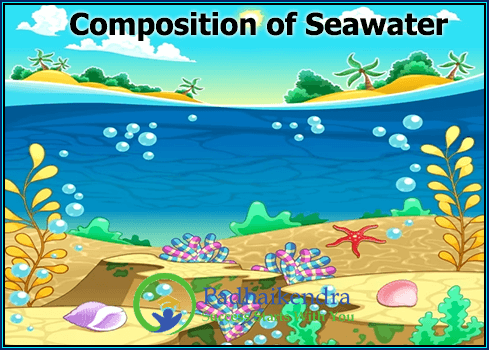Seawater is a complex mixture of various dissolved and suspended substances. The primary dissolved components of seawater include:
- Salts: Sodium chloride (common salt) is the most abundant salt in seawater, followed by magnesium and calcium salts.
- Gases: The two most important gases dissolved in seawater are oxygen and carbon dioxide. Other gases present in smaller amounts include nitrogen, argon, and helium.
- Trace elements: These are small amounts of elements that are important for biological and physical processes, such as iron, copper, and zinc.
- Organic compounds: These are molecules that contain carbon, such as carbohydrates, lipids, and proteins. They are derived from living organisms and are important for biological processes in the ocean.
- Inorganic nutrients: These include nitrogen, phosphorus, and other elements that are essential for the growth of marine plants and animals.
In addition to these dissolved components, seawater also contains suspended particles such as sediment, plankton, and other organic and inorganic material. The amount and composition of these particles can vary widely depending on location and other factors.
The composition of seawater can also vary depending on depth, temperature, and other factors. For example, the deeper you go in the ocean, the colder and more saline the water becomes. This is because cold water is denser than warm water, and because the concentration of salts and other dissolved substances increases with depth.
Overall, seawater is a complex and dynamic mixture of various substances, and its composition has important implications for ocean circulation, marine life, and the global climate system.





